I call a webservice, that gives me back a response xml that has UTF-8 encoding. I checked that in java using getAllHeaders() method.
Now, in my java code, I take that response and then do some processing on it. And later, pass it on to a different service.
Now, I googled a bit and found out that by default the encoding in Java for strings is UTF-16.
In my response xml, one of the elements had a character É. Now this got screwed in the post processing request that I make to a different service.
Instead of sending É, it sent some jibberish stuff. Now I wanted to know, will there be really a lot of difference in the two of these encodings? And if I wanted to know what will É convert from UTF-8 to UTF-16, then how can I do that?
 Both UTF-8 and UTF-16 are variable length encodings. However, in UTF-8 a character may occupy a minimum of 8 bits, while in UTF-16 character length starts with 16 bits.
Both UTF-8 and UTF-16 are variable length encodings. However, in UTF-8 a character may occupy a minimum of 8 bits, while in UTF-16 character length starts with 16 bits.